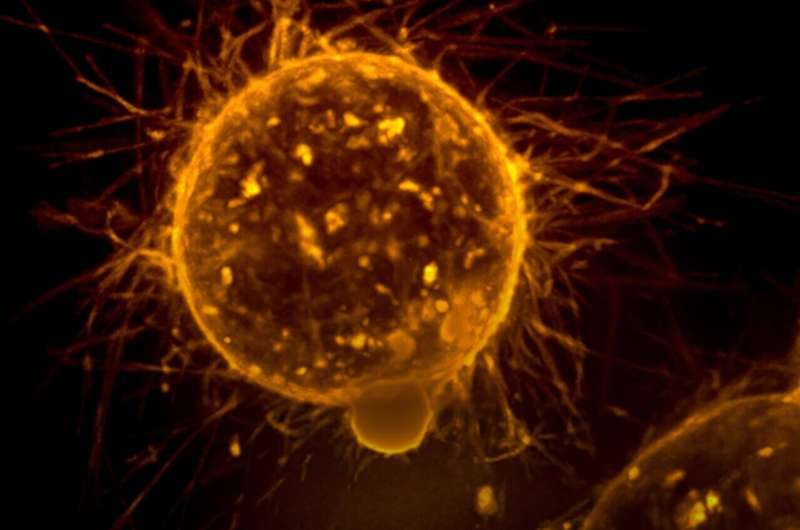New Microscopy Unveils Dopamine’s Precise Role in Brain Communication

Advanced microscopy reveals that dopamine in the brain operates with exceptional spatial and temporal precision, challenging previous beliefs and opening new paths for treating neurological disorders.
Recent advancements in microscopy technology have dramatically reshaped our understanding of dopamine, a key neurotransmitter involved in movement, motivation, learning, and mood regulation. Traditionally, scientists believed that dopamine was released in the brain in a broad manner, diffusing widely to influence large neural areas. However, a groundbreaking study from the University of Colorado Anschutz Medical Campus, published in Science, demonstrates that dopamine operates with remarkable precision, akin to a targeted postal service rather than a broadcast signal.
Using sophisticated imaging techniques, researchers observed that dopamine is released at highly localized hotspots within the brain. These hotspots enable rapid, targeted responses in specific nerve cell branches, facilitating fine-tuned neural communication. In addition, broader dopamine signals activate more widespread and slower effects, indicating a dual signaling system. This system allows dopamine to simultaneously modulate individual neural connections and coordinate complex behaviors such as movement, decision-making, and learning.
Lead researcher Christopher Ford, Ph.D., emphasized that this discovery challenges decades of neuroscience dogma and opens new avenues for understanding brain function. The implications extend to neurological and psychiatric disorders where dopamine signaling is disrupted, including Parkinson's disease, addiction, schizophrenia, ADHD, and depression. Current therapies often aim to restore overall dopamine levels, but these findings suggest that targeting the precision of dopamine transmission could lead to more effective treatments.
Understanding how specific disruptions in dopamine signaling contribute to these conditions is an ongoing area of research. The hope is that, by deciphering the unique spatial and temporal patterns of dopamine release, scientists can develop more refined, targeted interventions to treat dopamine-related disorders more effectively.
This innovative research marks a significant step toward a more detailed understanding of neurotransmitter dynamics in the brain, ultimately advancing precision neuroscience and personalized medicine.
Stay Updated with Mia's Feed
Get the latest health & wellness insights delivered straight to your inbox.
Related Articles
How Parental Separation Influences Brain Development in Early Life
New research reveals how parental separation influences brain development in early life through the hormone oxytocin, shaping social behaviors and emotional resilience in young mammals.
Ancient Fungus from King Tut’s Tomb Reveals Potential Cancer-Fighting Compounds
Research reveals that toxic fungus from King Tut’s tomb produces compounds with potential to fight cancer, transforming a feared organism into a promising medical tool.
Resurgence of Measles in the United States Exceeds 1,000 Cases
The US faces a concerning resurgence of measles, with over 1,000 cases and three deaths, highlighting the urgent need for vaccination and combating misinformation. Learn more about this health crisis.
FDA Approves Pembrolizumab for Resectable Head and Neck Cancer with PD-L1 Expression
The FDA has approved pembrolizumab for treating resectable head and neck squamous cell carcinoma with PD-L1 expression, marking a major advancement in cancer immunotherapy based on promising clinical trial results.



